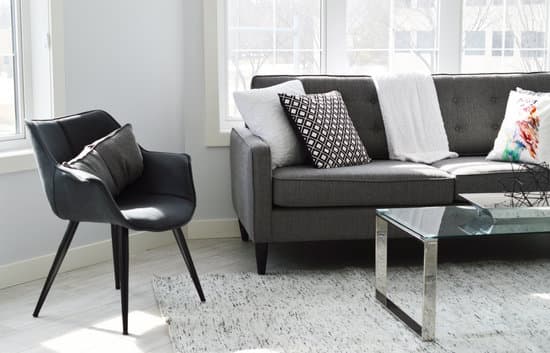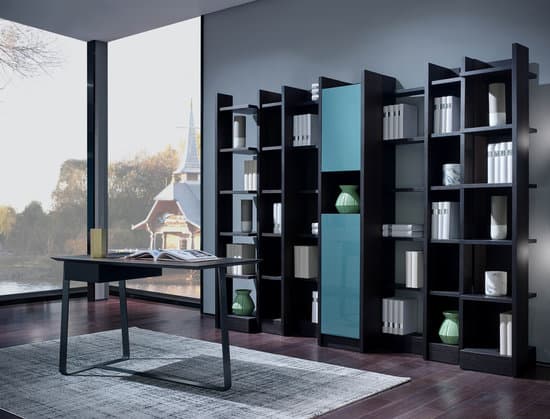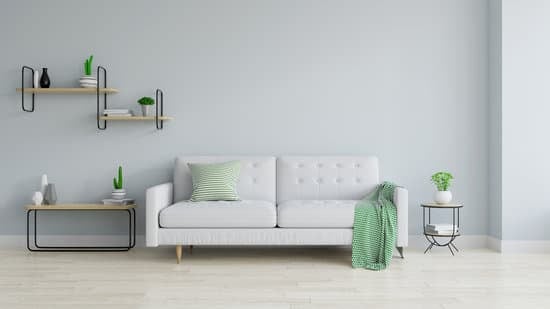Unpacking the Age-Old Question: Is Feng Shui Chinese or Japanese?
Feng shui is an ancient practice that has deep roots in traditional Chinese culture. It is a concept that has become increasingly popularized in recent years, captivating audiences across continents and emerging as a mainstream topic of discussion. Despite its widespread acclaim, there are still lingering questions surrounding its origins, with one of the most pressing being whether feng shui is Chinese or Japanese.Understanding the Origins of Feng Shui
Feng shui has been around for more than 3,000 years, and its origins can be traced back to ancient China. In its most basic form, feng shui is a practice that seeks to create balance and harmony within our living spaces. It is all about ensuring that energy flows freely, and that there is a good balance of Yin and Yang energies within a given space.The Philosophy of Taoism Behind Feng Shui
One of the key principles behind feng shui is the Taoist philosophy that permeates much of Chinese culture. At the heart of Taoism is the belief that everything in the universe is interconnected, and that life is all about achieving a sense of harmony with our surroundings. This philosophy can be seen in the way that feng shui seeks to balance energy flows, promote good health and wealth, and create a sense of balance and equilibrium.The Basic Principles of Feng Shui
At its core, feng shui is based on the principle of energy flow. Practitioners of feng shui believe that the world we live in is composed of energy in different forms, and that by arranging objects and spaces in ways that promote the flow of positive energy, we can create a sense of harmony, balance, and well-being in our lives. Some of the key principles of feng shui include:- Arranging furniture and objects in a way that promotes harmony and energy flow
- Using colors and materials that are associated with the elements to balance energy within a given space
- Maximizing natural light and air flow to ensure positive energy can freely circulate within a given space
- Placing objects and furniture in a way that creates a sense of balance and harmony


















